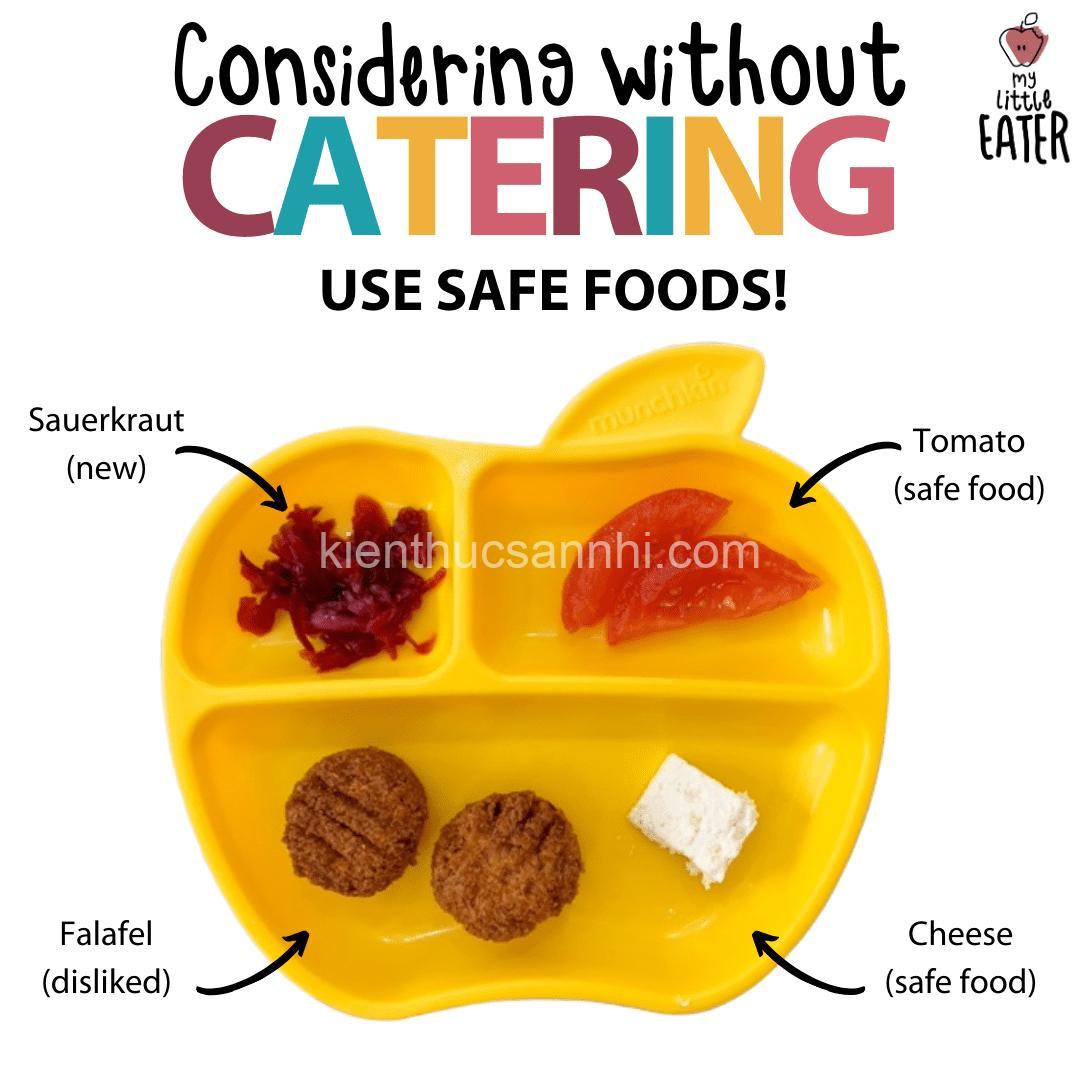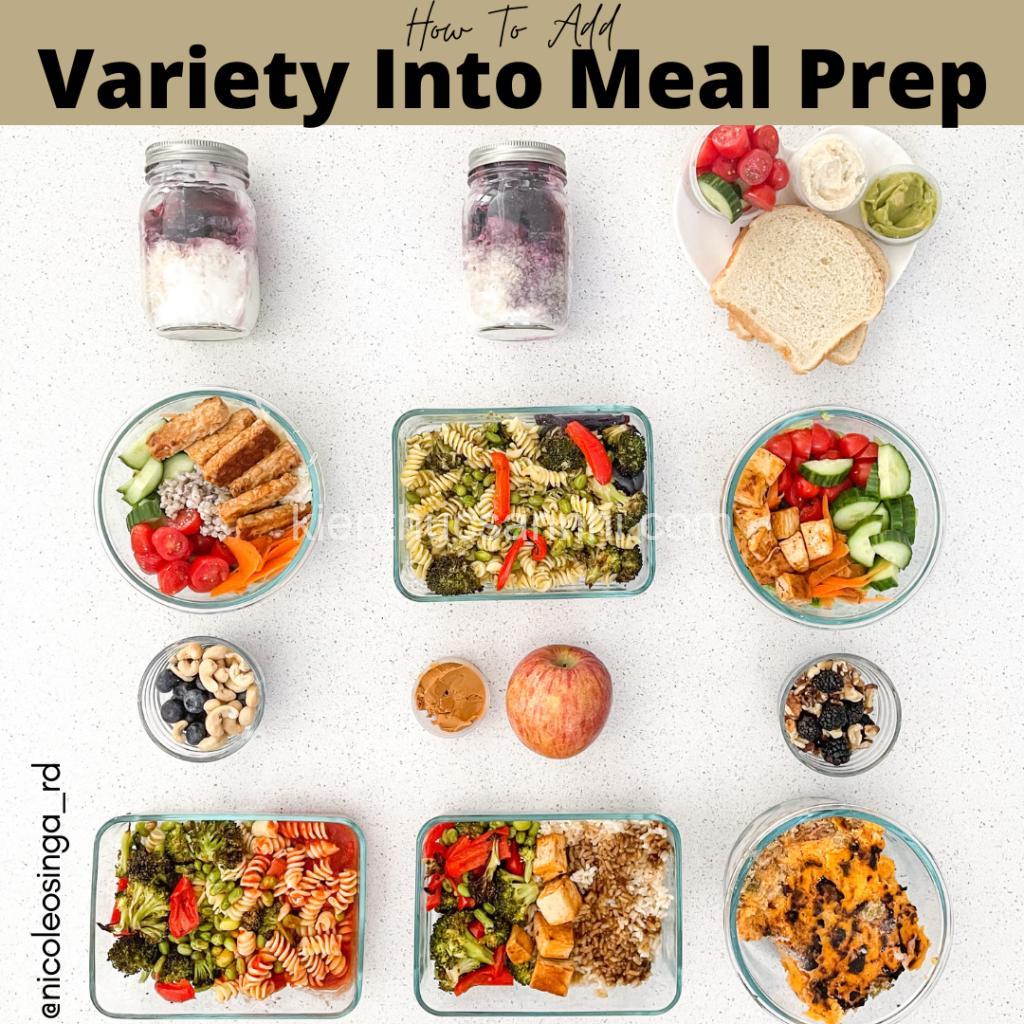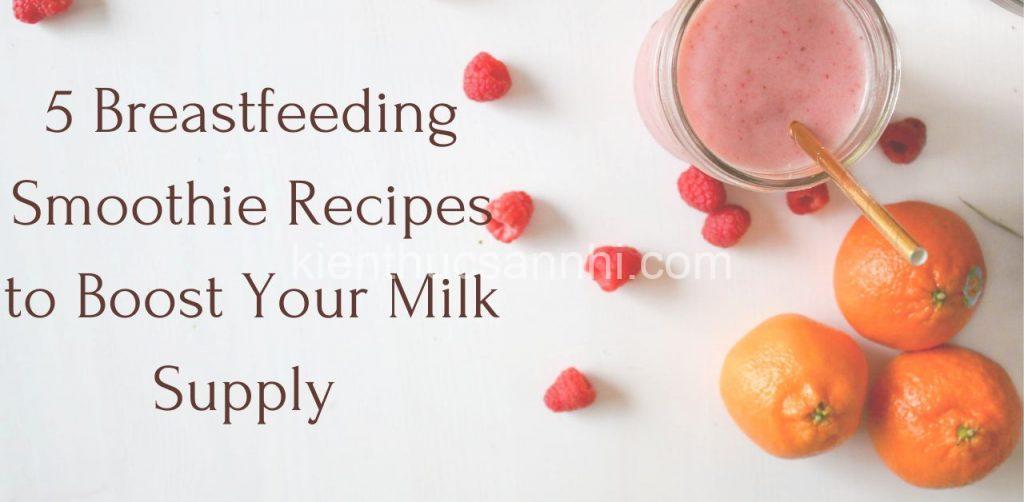
Meals for Both You & Baby: Baby-Led Weaning & Time-Saving Tips. In today’s article, kienthucsannhi.com will explore with you in the most detailed and complete way. See now!
Baby-Led Weaning: Introducing Solids with Confidence
Baby-led weaning is a popular approach to introducing solids to your baby, where they lead the way with their own exploration of food. This method allows your baby to take control, developing their self-feeding skills and fostering a positive relationship with food. Baby-led weaning offers a variety of benefits for both you and your little one.
It encourages self-feeding skills as your baby explores different textures and flavors, learning to coordinate their hands, eyes, and mouth. It also promotes a healthy relationship with food, allowing them to discover and enjoy a variety of tastes and textures at their own pace. This method fosters a sense of independence and confidence in your baby, building a foundation for a healthy and balanced relationship with food throughout their life.
The key to baby-led weaning is introducing solids around six months of age, when your baby shows signs of readiness, such as sitting up unsupported, showing interest in your food, and having good head control. Remember, it’s crucial to offer safe and suitable first foods, starting with soft, easily-graspable options like steamed vegetables, soft fruits, and cooked pasta.
As with any feeding method, safety considerations are paramount. Always ensure that the food is age-appropriate and cut into manageable pieces to prevent choking hazards. Supervise your baby during mealtimes and be prepared for messes as they learn and explore.

Meal Planning for Time-Saving Convenience
Parenting is a whirlwind of activity, and finding time to prepare nutritious meals for both yourself and your baby can feel like a constant challenge. But don’t worry! With some strategic meal planning, you can create a system that saves time and effort, allowing you to focus on enjoying your family time.
Bulk cooking is a lifesaver for busy parents. Prepare large batches of meals that can be divided and frozen for future use. This way, you’ll always have healthy and convenient options on hand, minimizing stress and maximizing your precious time. Remember to utilize leftovers creatively, turning them into new and exciting meals for yourself and your baby.
Prepping ingredients in advance is another invaluable strategy. On a weekend or during a quieter moment, chop vegetables, cook grains, or prepare components of meals that can be easily assembled later in the week. This way, you can create healthy meals even on busy weeknights.
Adapting Recipes for Both Parent and Baby
One of the most rewarding aspects of feeding your baby is witnessing their evolving palate and discovering new flavors. But it’s also essential to meet your own nutritional needs, ensuring you have the energy and nutrients to care for your little one and yourself.
Adapting recipes for both you and your baby is a smart way to create a balanced and delicious experience for everyone. You can puree portions of your meal for your baby, providing a smooth and digestible option, while enjoying the same dish in its original form.
Adding extra vegetables or protein to your meals will enhance their nutritional value and ensure you are getting enough nutrients. Using flavorful herbs and spices that are safe for babies can add depth and complexity to both your meals and your baby’s, introducing them to a range of tastes.
Essential Nutrients for Both Parent and Baby
Providing your baby with the essential nutrients they need for healthy growth and development is a top priority. However, it’s crucial to remember that meeting your own nutritional needs is equally important, especially while breastfeeding or formula feeding.
New parents often face the challenge of nutrient deficiencies, which can impact their energy levels and overall health. Common deficiencies include iron, calcium, and vitamin C, which are essential for both you and your baby.
Iron is vital for red blood cell production, carrying oxygen throughout the body. Include iron-rich foods like red meat, spinach, lentils, and fortified cereals in your diet. Calcium is crucial for strong bones and teeth, and you can find it in dairy products, leafy green vegetables, and fortified foods.
Vitamin C supports the immune system, aids in wound healing, and promotes iron absorption. Include vitamin C-rich foods like citrus fruits, bell peppers, and broccoli in your diet.
Resources for Healthy Eating
For additional information on baby-led weaning, infant nutrition, and meal planning, you can refer to these reputable resources:
- Websites:
- Books:
- Baby-Led Weaning: The Essential Guide by Gill Rapley and Tracey Murkett
- The Real Food Baby by Jessica Seinfeld
- Super Baby Food by Kelly Hogan and Julie Daniluk
Budgeting for Healthy Meals
Feeding yourself and your baby can be a significant part of your household budget, but it’s possible to create delicious and nutritious meals without breaking the bank. Here are a few tips for budgeting:
- Shop strategically: Plan your meals in advance and create a shopping list to avoid impulse buys.
- Look for sales and discounts: Take advantage of grocery store sales and promotions to stock up on essential items.
- Choose affordable ingredients: Focus on in-season fruits and vegetables, and explore affordable protein sources like beans, lentils, and chicken thighs.
- Cook in bulk: Prepare larger quantities of meals to freeze for future use, stretching your budget further.
Time-Saving Kitchen Tools
A few helpful kitchen tools can make meal preparation significantly easier and faster. These tools can streamline your workflow, allowing you to create healthy meals even on busy days.
- Food processor and blender: These versatile tools are essential for pureeing baby food, chopping vegetables, and creating smooth sauces.
- Slow cooker or pressure cooker: These appliances allow for hands-free cooking, perfect for creating hearty stews, soups, or even pulled chicken.
- Silicone molds: These molds are ideal for freezing baby food portions in manageable sizes.
Practical Snack Ideas for Both
Healthy snacks are essential for providing your baby with energy and nutrients between meals, and they can also be a great way to satisfy your own cravings. Here are some simple and healthy snack ideas:
- Fruit and yogurt: Offer a variety of fruits like berries, bananas, and melon, paired with a dollop of yogurt.
- Pureed fruit and yogurt: For your baby, blend fruit with yogurt for a smooth and delicious treat.
- Whole-grain crackers: These provide a satisfying crunch and are a good source of fiber.
- Finger foods: Offer soft fruits like avocado or banana, steamed vegetables, or cooked pasta for your baby to practice their self-feeding skills.
Making Mealtime Enjoyable for Both
Mealtime is a special time for bonding with your baby and creating positive food experiences. Here are some tips for making mealtimes enjoyable:
- Create a relaxed atmosphere: Make mealtimes a stress-free experience, allowing your baby to explore and learn at their own pace.
- Be a role model: Show your baby how much you enjoy eating healthy foods by modeling positive eating habits.
- Turn it into a fun experience: Make mealtimes interactive by involving your baby in the process. Let them help you prepare meals or choose their own food items.
What are the different ways to introduce solids to my baby?
The most common methods for introducing solids to your baby include baby-led weaning, traditional spoon feeding, and a combination of both. Baby-led weaning allows your baby to self-feed, exploring different textures and flavors at their own pace. Traditional spoon feeding, on the other hand, involves you feeding your baby pre-pureed foods.
How do I know if my baby is ready for solids?
Your baby is likely ready for solids when they show signs of readiness, such as sitting up unsupported, showing interest in your food, and having good head control. They may also be able to bring their hands to their mouth and attempt to pick up food.
What are some common food allergies in babies?
Some common food allergies in babies include milk, eggs, soy, wheat, peanuts, tree nuts, fish, and shellfish. It’s crucial to introduce allergenic foods one at a time, monitoring your baby for any signs of allergic reaction.
What are some tips for preventing choking hazards?
To prevent choking hazards when introducing solids, ensure that the food is cut into small, manageable pieces that can easily be swallowed. Avoid offering foods that are sticky, round, or hard, such as grapes, popcorn, or hard candies. Supervise your baby during mealtimes and be prepared to intervene if necessary.
What are some tips for making mealtime fun for both baby and parent?
Make mealtimes a positive and enjoyable experience by creating a relaxed and interactive atmosphere. Let your baby explore different textures and flavors at their own pace. Involve them in the process by letting them choose their own food items or help prepare meals.
Conclusion
Preparing meals that cater to both your needs and your baby’s can seem daunting, but with a little planning and creativity, it’s an achievable goal. By embracing baby-led weaning, implementing time-saving meal planning strategies, and adapting recipes for both of you, you can create a joyful and nourishing experience for both parent and child.
Don’t be afraid to experiment and try new things! Each baby is unique, and what works for one may not work for another. Remember to enjoy the process and savor the moments of bonding over food.
Do you have any questions or tips to share? Leave a comment below and connect with us on https://kienthucsannhi.com/ for more informative content.
EAV
- Meal – Type – Baby food
- Meal – Type – Parent food
- Recipe – Adaptation – Baby-led weaning
- Ingredient – Nutrient – Iron
- Ingredient – Nutrient – Calcium
- Ingredient – Nutrient – Vitamin C
- Meal – Preparation – Bulk cooking
- Meal – Preparation – Meal prepping
- Meal – Preparation – Slow cooking
- Meal – Preparation – Using leftovers
- Meal – Time – Time-saving
- Meal – Cost – Budget-friendly
- Baby – Development – Age-appropriate
- Baby – Development – Texture
- Baby – Development – Flavour
- Parent – Nutrition – Energy needs
- Parent – Nutrition – Recovery needs
- Parent – Nutrition – Deficiencies
- Cooking Technique – Tool – Food processor
- Cooking Technique – Tool – Blender
ERE
- Baby (Entity) IS_A (Relation) Infant (Entity)
- Parent (Entity) NEEDS (Relation) Nutrition (Entity)
- Meal (Entity) CONTAINS (Relation) Ingredients (Entity)
- Recipe (Entity) CANBEADAPTED (Relation) Baby-led weaning (Entity)
- Baby (Entity) DEVELOPS (Relation) Palate (Entity)
- Meal (Entity) SHOULD_BE (Relation) Safe (Entity)
- Cooking (Entity) REQUIRES (Relation) Time (Entity)
- Meal (Entity) HAS (Relation) Cost (Entity)
- Parent (Entity) HAS (Relation) Energy Needs (Entity)
- Parent (Entity) HAS (Relation) Recovery Needs (Entity)
- Ingredient (Entity) PROVIDES (Relation) Nutrient (Entity)
- Cooking Technique (Entity) USES (Relation) Tool (Entity)
- Meal (Entity) CAN_BE (Relation) Frozen (Entity)
- Meal (Entity) CAN_BE (Relation) Leftovers (Entity)
- Baby (Entity) CAN_BE (Relation) Weaned (Entity)
- Recipe (Entity) CAN_BE (Relation) Modified (Entity)
- Parent (Entity) CAN (Relation) Meal Plan (Entity)
- Baby (Entity) CAN (Relation) Explore Flavours (Entity)
- Baby (Entity) CAN (Relation) Explore Textures (Entity)
- Parent (Entity) CAN (Relation) Cook In Bulk (Entity)
Semantic Triple
- (Meal, Type, Baby food)
- (Meal, Type, Parent food)
- (Recipe, Adaptation, Baby-led weaning)
- (Ingredient, Nutrient, Iron)
- (Ingredient, Nutrient, Calcium)
- (Ingredient, Nutrient, Vitamin C)
- (Meal, Preparation, Bulk cooking)
- (Meal, Preparation, Meal prepping)
- (Meal, Preparation, Slow cooking)
- (Meal, Preparation, Using leftovers)
- (Meal, Time, Time-saving)
- (Meal, Cost, Budget-friendly)
- (Baby, Development, Age-appropriate)
- (Baby, Development, Texture)
- (Baby, Development, Flavour)
- (Parent, Nutrition, Energy needs)
- (Parent, Nutrition, Recovery needs)
- (Parent, Nutrition, Deficiencies)
- (Cooking Technique, Tool, Food processor)
- (Cooking Technique, Tool, Blender)





